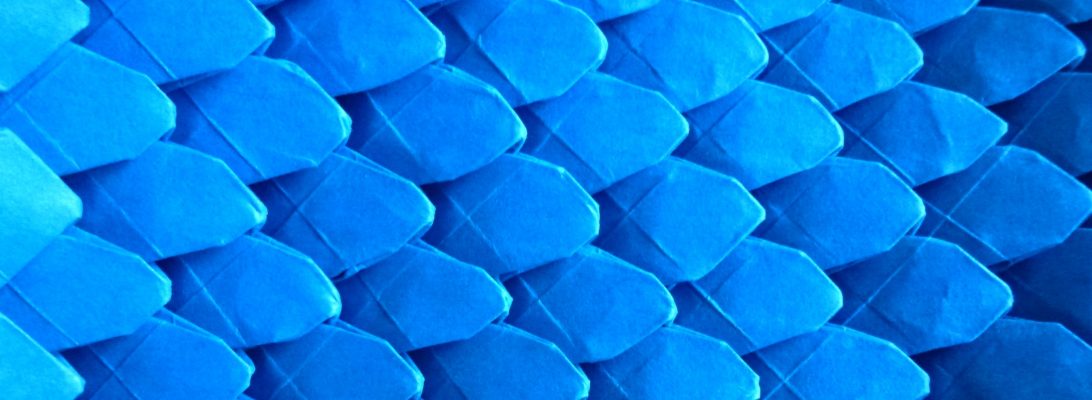Eric Joisel was rare in the Origami community – he was a sculptor first, paper folder second. To him, concept was king, technique secondary – saying that however, few breathed more life into paper than him. The “Birth” sculpture series is particularly interesting as the subject is META – arising from the flat sheet , a figure fights to be born – pure genius in his hands.

“Birth 1” was an abstract humanoid scrambling from the middle of a rectangular sheet, “Birth 1” was a prototype Gnome, and “Birth 3” was one of his signature Dwarves emerging from the edge of a rectangle. I have found no clues as to how Birth 1 or 2 were achieved, but, with some assistance (and a possible CP shared by @fishfolder I was able to have a stab at “Birth 3”.



The journey for this particular fold started in 2019 – our last International travel prior to the pandemic. We travelled to Hanoi in Vietnam. One of the pilgrimages on that trip was to a small outlet store for a village collective who were revitalising the art or making traditional Dó paper by hand. I bought a sheaf of sheets, all natural dyes from Zó Project and carefully shepherded them home in a postal tube safely tucked into our suitcase. I now had a perfect sheet for this model: Natural Dó with leaf inclusions, an almost fabric-like sheet 60x40cm. I needed the shave the deckle edge off one long side to give me a “square” reference, as the sheet was deliciously wonky – this left me with a sheet close to 1.8×1 in proportions.

Next, the protracted and painful process of laying in the creases to allow the base collapse. The first cut and the first fold are the hardest, as there is no room for error. I was determined not to lay in any unnecessary folds, to allow the otherwise untampered paper to shine. I used the 28 grid version of Joisel’s Gnome, because I like the proportion of arm:body:legs you get at this grid, but accurately laying in 28th-based creases was an exercise in measured mister really.
Continue reading

























